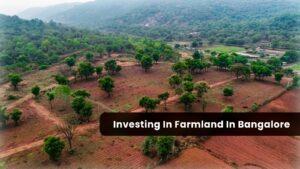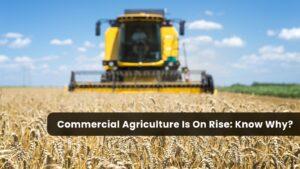For life to continue on Earth, our soil must be healthy. It serves as the basis for ecosystems, agriculture, and even the structures we build. Emerging pollutants, on the other hand, have become a fresh and worrying issue in recent years. These compounds were not previously widely acknowledged as contaminants, but their potential to affect soil health is now causing alarm. In-depth discussion of new pollutants, their sources, effects, and possible solutions to this issue will be covered in this blog.
Understanding New Chemical Threats
Emerging contaminants are a broad category of compounds that have attracted attention because of their pervasive environmental presence and potential hazards to both human and ecological health. These impurities can come from a variety of things, including industrial operations, medications, personal care items, and agricultural practices. The following are some prevalent categories of developing contaminants:
Pharmaceuticals and Personal Care Products (PPCPs): These contain compounds that are present in shampoos, lotions, and other personal care products as well as hormones and pharmaceuticals. These materials may wind up in the soil if they are inappropriately disposed of or flushed down drains.
Per- and Polyfluoroalkyl Substances (PFAS): PFAS are synthetic chemicals found in a variety of goods, such as firefighting foam and nonstick cookware. They have been found in soil and groundwater and are quite persistent in the environment.
Nanomaterials: Engineered nanomaterials can enter the soil through a variety of channels and may have an impact on soil microbes and nutrient cycle. Examples of such nanoparticles include those used in electronics and consumer products.
Plastic Microplastics: When plastic mulch is used in agriculture and bigger plastic trash breaks down, microplastics, which are microscopic plastic particles, can end up in the soil.
Emerging Contaminants In Soil: Their Sources
It’s vital to comprehend the origins of rising pollutants in soil if you want to resolve the problem successfully. Several important sources are:
Pesticides, herbicides, and fertilizers used in agriculture can release a variety of chemicals into the soil. When manure is utilized as fertilizer, antibiotics used in livestock husbandry may also wind up in the soil.
PPCPs and other compounds may be released into rivers and lakes as a result of wastewater treatment plants’ failure to always eliminate all emerging contaminants from effluents. Sewage sludge, which is frequently applied to agricultural land as a soil conditioner, might introduce pollutants.
Businesses have the potential to unintentionally release a variety of developing toxins into the environment through wastewater discharges, emissions, and spills.
Improper consumer and industrial garbage disposal in landfills can cause toxins to seep into the soil and groundwater nearby.
Effects On The Soil’s Health
Emerging pollutants can harm soil health in a number of ways, including:
Microbial Disruption: Numerous new pollutants, including antibiotics and nanoparticles, can cause the disruption of soil microbial populations, which are essential for the cycling of nutrients and the preservation of soil structure.
Bioaccumulation: Some toxins may build up in soil organisms and make their way into the food chain, possibly endangering the health of people and animals.
Reduced Soil Fertility: By reducing nutrient availability and changing soil pH, developing pollutants in the soil can impede plant growth.
Ecosystem Disturbances: Changes in soil chemistry and microbial activity can cause ecosystem disruptions, which have an effect on plant and animal populations.
Taking On The Problem
A diversified strategy is needed to address the threat of new pollutants to soil health:
Monitoring and Evaluation: For early detection and mitigation, regular monitoring of soil quality and emerging pollutant levels is crucial.
Regulation and Policy: For developing pollutants in soil and water, governments and regulatory organizations must establish and enforce standards.
Research and Development: To better understand the behavior and fate of developing pollutants in soil and to create efficient remediation approaches, further research is required.
Education and Public Awareness: It’s important to educate the public about the proper use and disposal of products that contain developing toxins.
Techniques for Remediation: Creating and putting into practice remediation techniques like phytoremediation (using plants to remove contaminants) and soil washing can assist repair damaged soils.
Conclusion
Emerging pollutants present a fresh and changing hazard to soil health and, consequently, to the health of ecosystems and populations of people. To safeguard our soil resources and ensure a sustainable future, it is crucial to comprehend the causes, effects, and remedies to this problem. We can reduce the hazards posed by new contaminants and safeguard the health of our soils for future generations by working together as scientists, politicians, industries, and citizens.
The most crucial component of agriculture is the soil, and at Mogg’s Estates, we work hard to conduct ongoing soil fertility surveys, take the necessary actions to maintain the health of the soil, and use all environmentally friendly techniques to guarantee the soil remains in its most natural state without any pH balance changes that might affect its own health or the health of the plantations.



